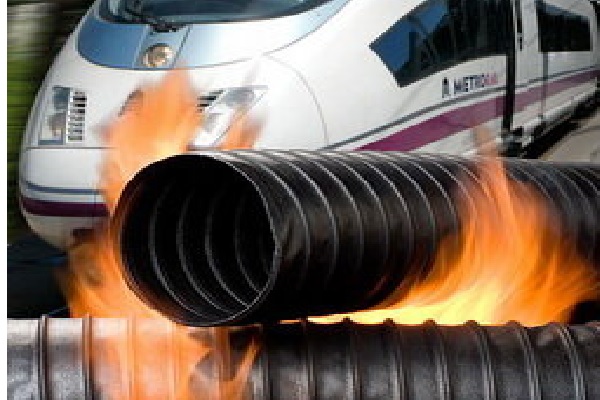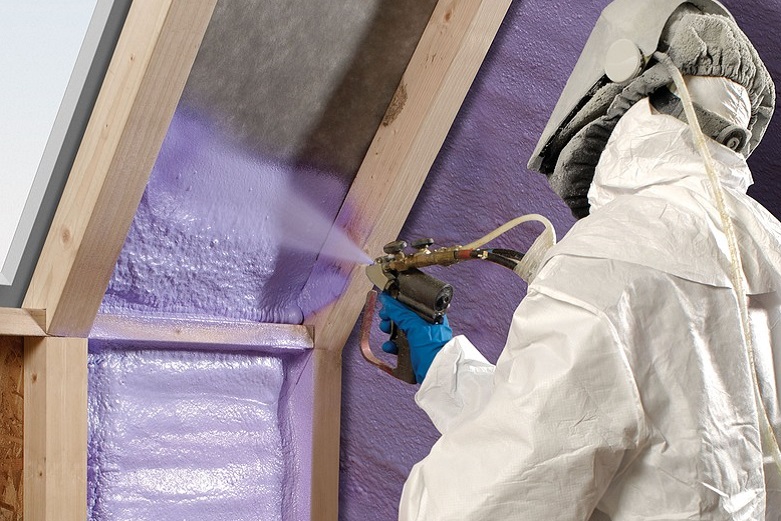At Jehbco, we are constantly finding innovative ways to use the products we produce to suit your needs. The application of silicone elastomer profiles can be extended in combination with adhesives for applications across many industries.
Adhesive peel testing can assist in selecting the right silicone adhesive for your application. Comparing peel adhesion, tensile strength, and shear resistance provide a comprehensive answer to how suitable an adhesive is to a certain application. If the adhesive strength is lower than the requirement, the bond may wear away and lose adhesion.
Adhesive peel strength is determined through the constant load per unit width required to separate the adhesive and substrate in kilonewtons/metre. This force is applied to an edge of the adherend and the substrate and is determined from the average value of the flat portion of the force-extension curve [1].
A simple qualitative test can be done by hand is the ‘pull test’, which is to pull the silicone with reasonable strength. For a more detailed quantitative result, standardized adhesive peel tests may be conducted on clean, contaminant free substrates to determine the force required to separate the substrate and the adherend[2]. The most typically used tests are:
- The T shaped peel test (ASTM D1876[3]) is the most widely used peel test for thin-gauge metal adherends.
- The 180-degree peel test (ASTM D903 [4]) requires flexible adherends that may be bent 90 degrees without breaking or cracking.
- The 90-degree peel test (ASTM 6382 [5]), which also required flexible adherends.
At Jehbco, we have the capability to conduct tests according to ASTM 6382. The testing rig is illustrated below. The use of a machine ensures controlled peel rates that reduce scattering and lead to more accurate results [4].
Major factors that affect the measurement of adhesion are [5]:
- Selection of the peel test
- Pull speed
- Temperature and humidity conditions
- Substrates and adherend material, interfacial characteristics, and thickness
- Adhesive choice
- Aging condition (typically 4hrs, 7 days, and 14 days)
References
- B. Duncan, “Developments in testing adhesive joints,” in Advances in Structural Adhesive Bonding, Woodhead Publishing Series in Welding and Other Joining Technologies, 2010, pp. 389-436.
- tesa, “What’s the deal with peel (peel adhesion, that is)?,” 2016. [Online]. Available: https://www.tesa.com/en-au/wikitapia/what-s-the-deal-with-peel-peel-adhesion-that-is.html.
- ASTM International, “ASTM D1976: Standard Test Method for Peel Resistance of Adhesives (T-Peel Test),” ASTM, West Conshohocken, PA, USA, 2015.
- ASTM International, “Standard Test Method for Peel or Stripping Strength of Adhesive Bonds,” ASTM International, West Conshohocken, PA, United States, 2017.
- ASTM International, “Standard Test Method for 90 Degree Peel Resistance of Adhesives,” ASTM International, West Conshohocken, PA, USA, 2003.
- T. S. J.K. Dennis, “Physical and mechanical properties of electrodeposits and methods of determination,” Nickel and Chromium Plating (Third Edition), 1993.
- S. R. Meyer, “Adhesion – Considerations, Testing and Interpretation,” 3M, Minnesota USA, 2015.













